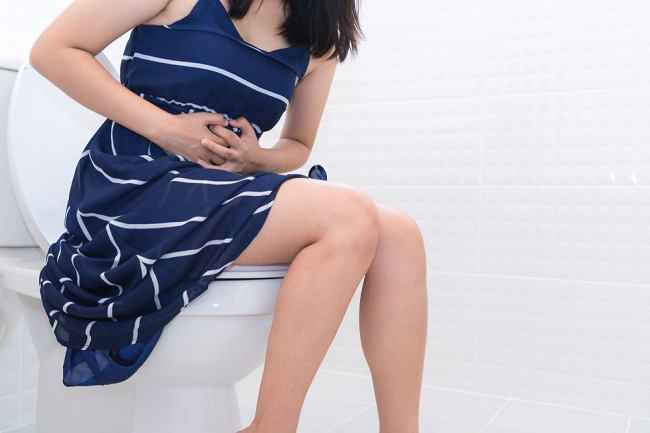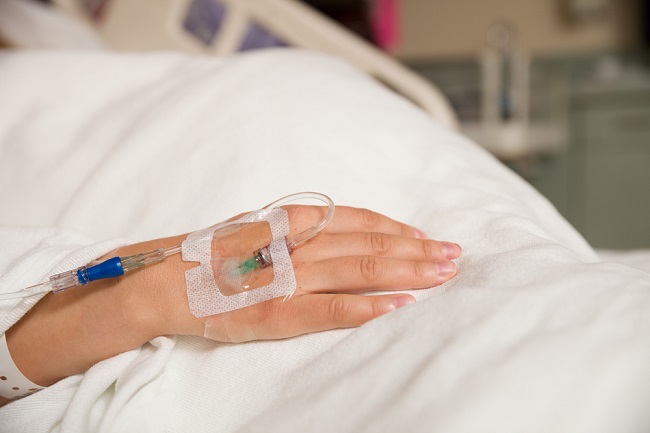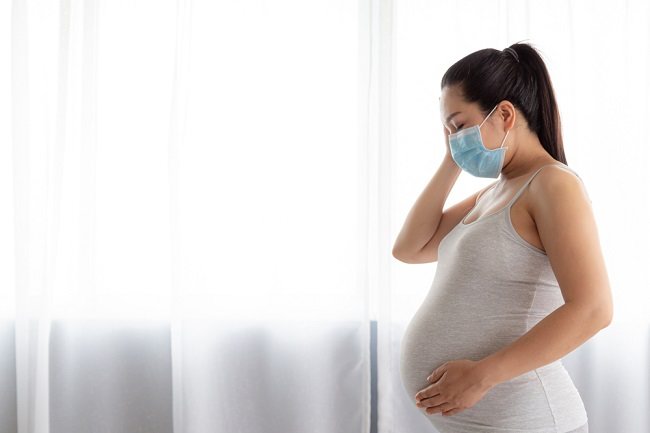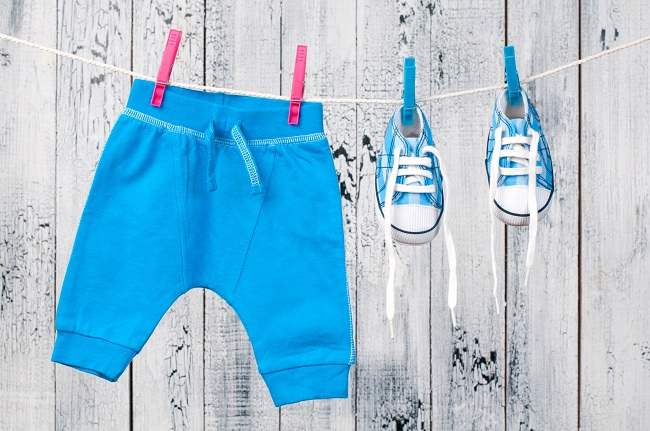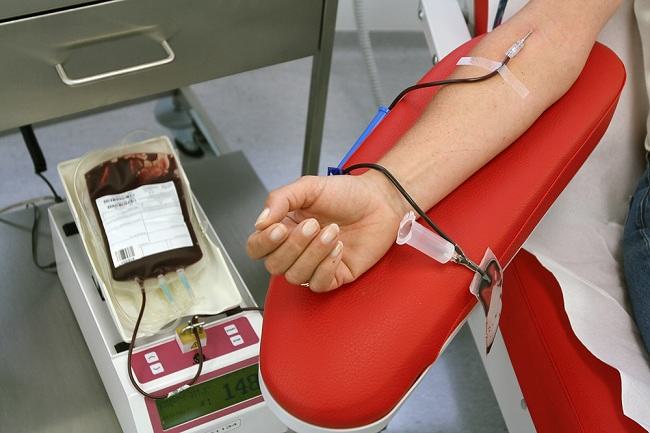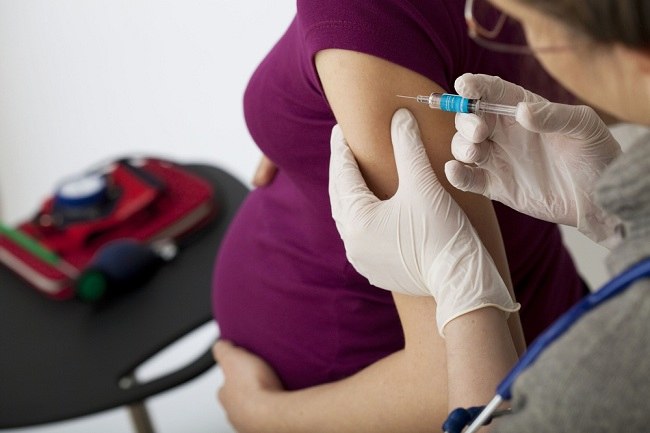PICU room (Pediatric Intensive Care Unit) is an intensive care roomin the hospital, share children with serious health problems or who are in critical condition. Awant-child treated in the PICUstarting frombabyber28 days old to childteen aged18 years.
Children treated in the PICU will receive full supervision from general practitioners, specialists, and nurses.

In addition, various medical equipment is also provided in this room to treat children's critical condition. The length of treatment for children in the PICU varies, depending on the development of the child's health condition.
Conditions of Children Requiring Care in the PICU
Children need to be treated in the PICU if their medical needs cannot be met in the usual care room. Conditions that can be a reason for a child to need treatment in the PICU include:
- Serious respiratory distress, such as severe asthma, choking on foreign bodies,pneumonia, and acute respiratory failure syndrome (ARDS).
- Serious infections, such as bacterial meningitis and sepsis.
- Shock and serious injury, for example from traffic accidents, falls from a height, dehydration, heavy bleeding, burns, or electric shock.
- Disorders of the brain, such as tumors, coma, epilepsy, and status epilepticus.
- Severe metabolic disorders, such as electrolyte disturbances, blood acid-base balance disorders (alkaliosis and acidosis), and diabetic ketoacidosis.
- Blood disorders, such as severe anemia and blood cancer (leukemia).
- Poisoning drugs or other chemicals, such as kerosene.
- Severe organ damage, such as kidney and liver failure, or severe heart defects
- Congenital birth defects.
Children who have recently had major surgery, such as cardiac, neurosurgery, orthopedic (bone), as well as ENT, or organ transplants and amputations also need a temporary recovery period in the PICU, before being transferred to general care.
Treatment and Medical Equipment Available in the PICU
Like the intensive care room (ICU) in a hospital, the PICU room is also guarded 24 hours by a medical team who work alternately in the work system.shift, to monitor and treat patients.
PICU rooms are generally kept quiet, where not many people are allowed to visit, and the number of patients is less than general treatment rooms. The goal is to prevent the patient from getting infected.
Medical devices contained in the PICU room include:
1. Infusion
Almost all children who are treated in the PICU have an IV tube attached, to insert fluids, blood, and drugs through a vein. This infusion is usually placed in the arm or hand, but sometimes it can also be placed on the child's feet, legs, or scalp.
2. Central venous catheter (ccentralvenouscatheter)
To monitor the critical condition of the child, the doctor may place a special tube in the child's neck. This tube will be placed in the veins of the heart (vena cava) through the neck, to monitor the pressure in the blood vessels, the stability of blood flow and oxygen levels.
3. Special medicines
Certain drugs can only be given to patients with special supervision, including pediatric patients in the PICU. Examples of these drugs are dobutamine, dopamine,epinephrine, and morphine orfentanyl. Its uses are varied, ranging from helping heart function, maintaining blood pressure, to relieving pain.
4. Monitor vital signs
In the PICU room, there are various devices that are attached to the child's body and connected to the monitor screen to monitor the child's vital signs. Some of these include a heart rate recording device (electrocardiogram), blood pressure, respiratory rate, body temperature, and oxygen levels (oximeter).
5. Breathing apparatus
In children who can breathe on their own, an oxygen tube or mask will usually be attached to the nose or face, which is connected to an oxygen tube.
Meanwhile, for children who have severe respiratory problems or are in a coma and cannot breathe on their own, the doctor will attach a ventilator to their respiratory tract. Previously, the doctor will first perform an intubation procedure to put a tube or tube (ETT) in the child's throat through the mouth. Then the tube will be connected to a ventilator machine to help breathing.
6. Cardiac shock device
Children admitted to the PICU are at high risk of cardiac arrest because of their critical condition. Therefore, a special pediatric cardiac shock device must be available in the PICU. This heart shock device will be used when the child's heartbeat rhythm starts to become irregular, or is not detected.
While in the PICU room, doctors will periodically perform physical examinations on critical pediatric patients. If needed, the doctor will also perform blood, urine, brain fluid and spinal cord examinations, X-rays, or ultrasound.
The existence of a PICU room in a hospital is very important to help treat children with critical conditions. The pediatrician will recommend treatment in the PICU room if the child's condition needs to be monitored closely and treatment is needed as much as possible.

